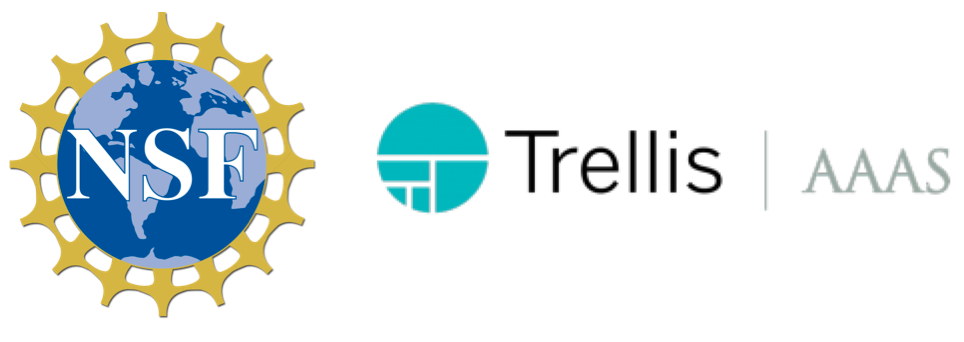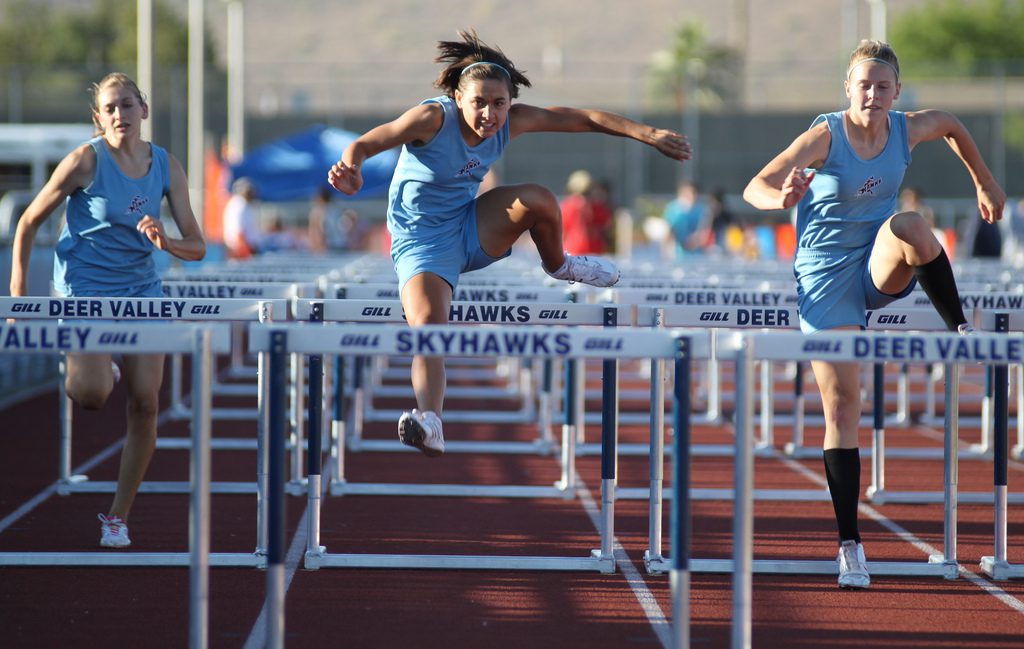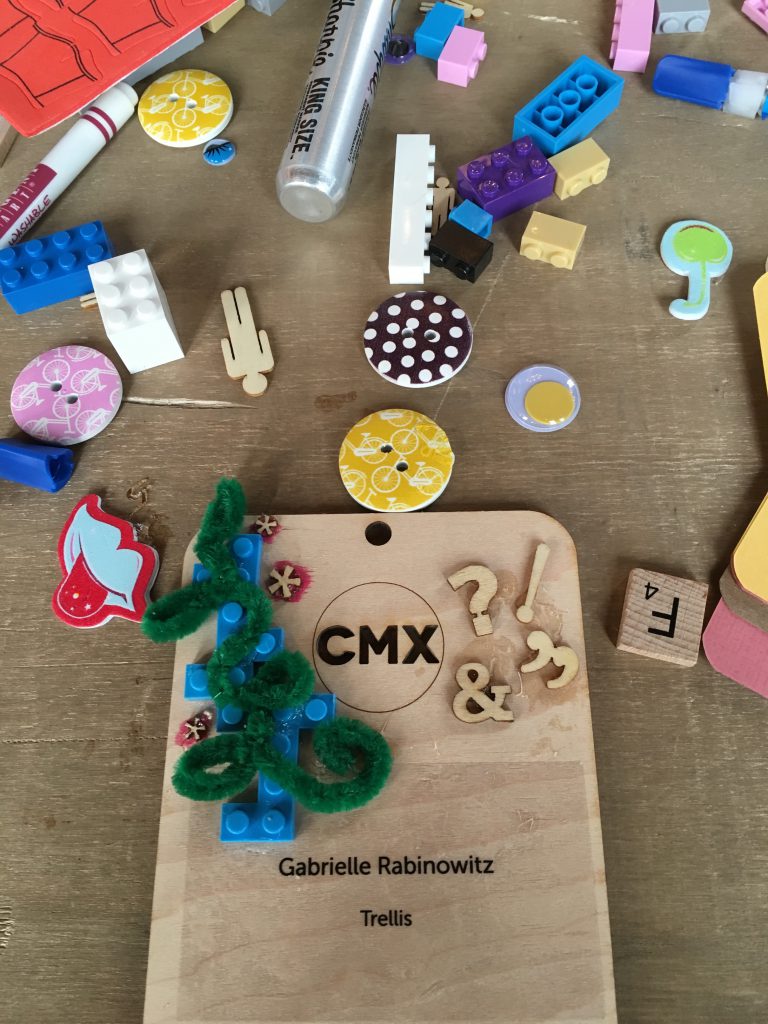We’re now mid-way through the first year of the AAAS Community Engagement Fellows Program (CEFP), funded by the Alfred P. Sloan Foundation. The first cohort of Fellows is made up of 17 scientific community managers working with a diverse range of scientific communities. As they continue to develop their community engagement skills and apply some of the ideas and strategies from their training, the Fellows will report back on the Trellis blog, sharing their challenges, discoveries, and insights. Today, Fellow Jennifer Davison shares the first in a three part series of reflections Science of Team Science 2017 conference.
Posted by Jennifer Davison, Program Manager at Urban@UW
As we all remember from group projects in high school, working together is usually more challenging than going it alone. However, collaborative projects almost always lead to more awesome results. The differences within the collaborating group can lead to a more integrated understanding of the project, and a more robust approach to an outcome. With our society facing increasingly complex challenges, more perspectives are sorely needed. This is where research collaborations—aka team science—come in.





